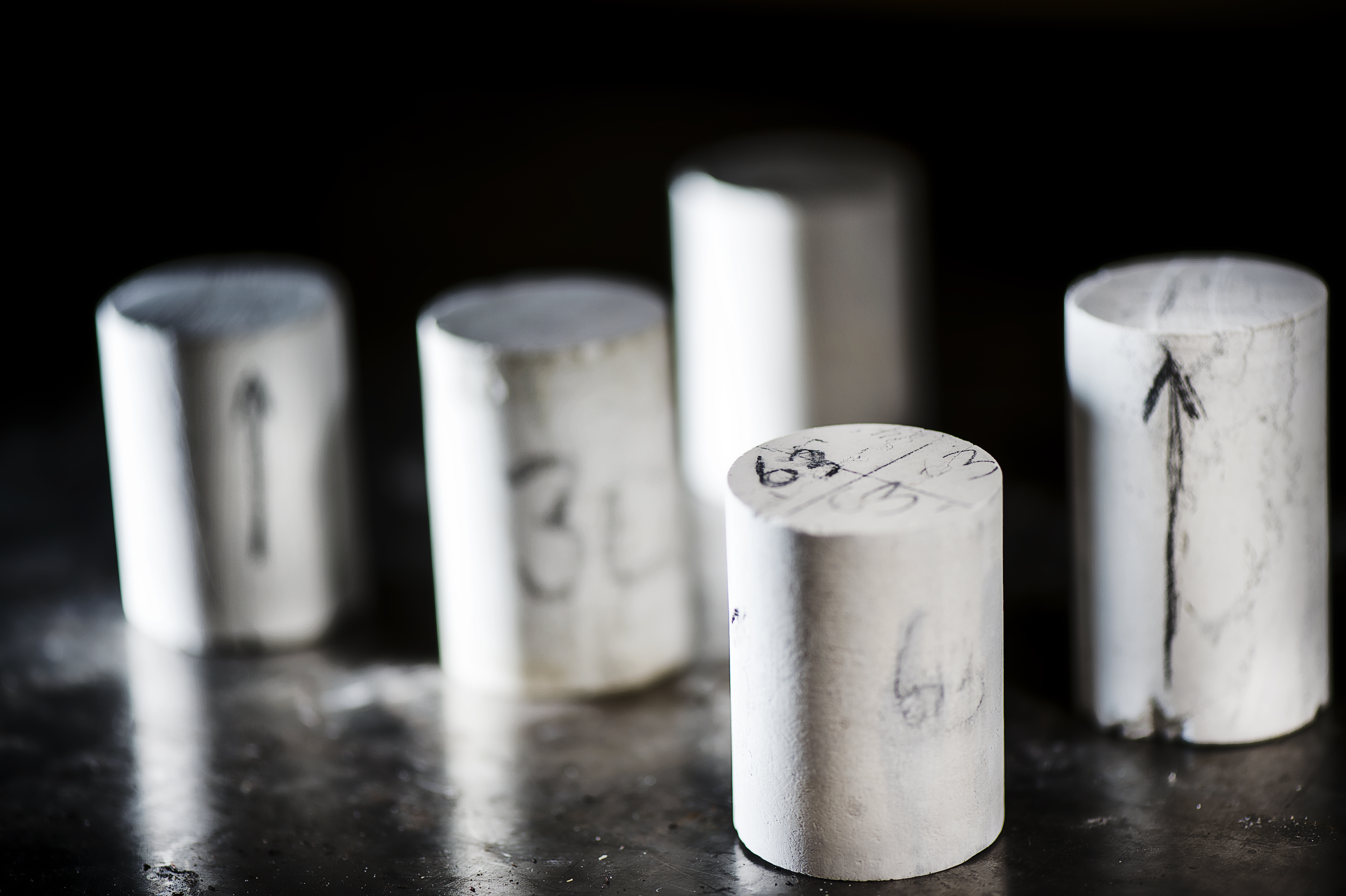Ekofisk and Tor Formation Improved Recovery
In conventional water injection, seawater is pumped into the reservoir to maintain pressure and push oil toward the wells. Our research investigated how changing the composition of this water improves efficiency and increases oil recovery.

Improving the recovery from existing oil fields is important as oil will remain part of the energy mix during the energy transition. Therefore, the centre has investigated how different compositions of the injection water and different salinities affect the production.
The results show that by regulating the concentration of minerals in the injection water, we achieve both increased recovery and environmental benefits.
Increased extraction with modified seawater
Our research tested a variety of seawater modifications for injection, particularly investigating de-salination and sulphate removal. These compositional changes alter the interaction between water, oil, and rock, ultimately providing improved recovery. We have determined the optimal sulphate and mineral concentration of the modified injection water, and we have been able to extract around 4 per cent more oil in laboratory tests.
Reduced corrosion and chemical consumption
A major effect of using injection water containing less sulphate is that less hydrogen sulphide (H2S) is formed in the reservoir, which provides a number of environmental benefits.
H2S is a toxic gas and can lead to increased corrosion and scaling, but the modified water injection helps to mitigate these effects. The bacteria that form H2S do not get the same amount of sulphate as before, and thus their growth conditions are weakened.
These modifications help to increase the service life of the current infrastructure and thus lower operating costs. Simultaneously, reductions in H2S in the reservoir allow a reduction of the use of other chemicals normally used to remove the gas later in production.
Modelling of fractures
Understanding fluid flow in the subsurface requires accurate characterization of the natural fracture networks in the rocks. The traditional approach is to build fracture models stochastically.
The DFN (Discreet Fracture Network) Generator project constitutes a new approach to build fracture models by simulating the nucleation and growth of fractures based on geomechanical principles and geological knowledge.
A further enhancement of the DFM tool has been developed to model fracture propagation due to production or injection of fluids. It has been coded as a Petrel plug-in and tested on various outcrops and subsurface reservoirs and can be coupled (one-way) with Eclipse/Intersect/Visage.
The DFM Generator can generate both explicit fractures (DFNs or Discrete Fracture Network models) and implicit fractures (fracture density, connectivity, porosity, etc. as grid properties). The DFM Generator is thus ideal for modelling potential fracture propagation due to CO2 injection.
Contact
Ulla Hoffmann Programme Director Danish Offshore Technology Centre Mobile: 9351 1360 uhoff@dtu.dk